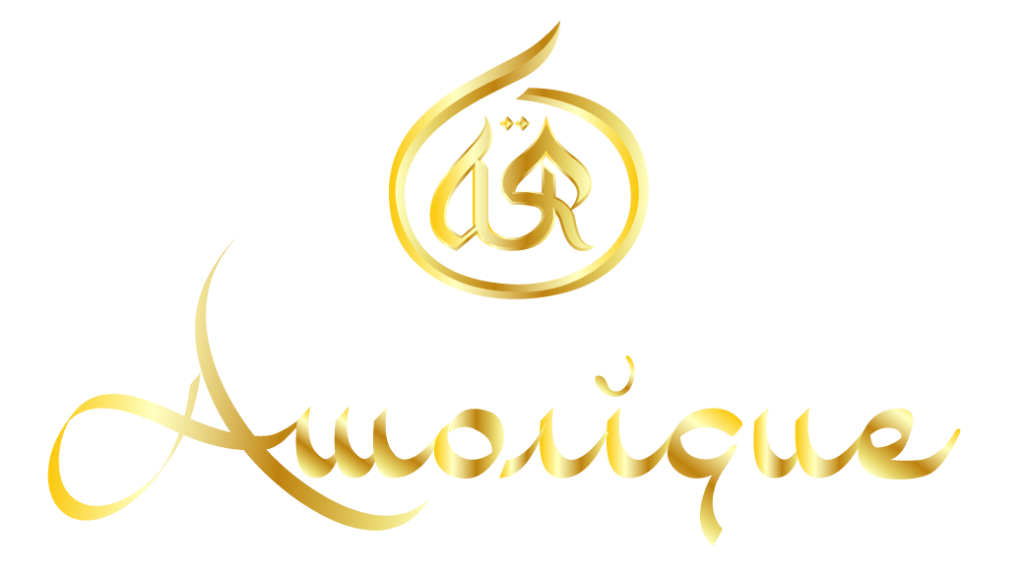Precious Metals and Gems in Islam: A Legacy of Reverence and Beauty
Throughout Islamic history, precious metals and gemstones have held a significant place, not only for their beauty but also for their spiritual, cultural, and symbolic meanings. Regarded as gifts from Allah, these materials are celebrated for reflecting the richness and diversity of creation.
Precious Metals in Islamic Culture
1. Gold and Silver
Gold and silver are highly regarded in Islamic tradition, symbolizing purity, wealth, and blessings. Gold is traditionally reserved for women in the form of jewellery, while silver holds a unique place as a material worn by both men and women. The Prophet Muhammad (peace be upon him) known to have worn a silver ring with an Aqiq stone, setting an example of modest yet meaningful adornment.
These metals have also been central to Islamic art and architecture, gracing mosques, Qur’ans, and decorative items with intricate designs. Their brilliance is often seen as a reflection of divine light and eternal beauty, serving as reminders of Allah’s blessings.
2. Zakat and Precious Metals
Gold and silver play a vital role in Islamic social responsibility through Zakat (charitable giving). Contributions from these metals are included in Zakat, emphasizing their spiritual value and their role in fostering equity and compassion within the community.
Gemstones and Their Spiritual Significance
1. Aqiq (Agate)
Worn by the Prophet Muhammad (PBUH), Aqiq is revered for its protective and spiritual qualities. Believed to bring blessings, clarity, and strength of faith, it remains a cherished gemstone in Islamic rings and tasbihs, connecting believers to the Sunnah.
2. Firoza (Turquoise)
Treasured for its calming energy and vibrant blue-green hues, Firoza is seen as a stone that promotes tranquillity and spiritual grounding. Historically valued in Islamic jewellery, it is also believed to provide protection against negativity.
3. Yaqoot (Ruby)
Mentioned in the Qur’an as one of the jewels of paradise (Surah Al-Rahman 55:58), Yaqoot symbolizes wisdom, sincerity, and eternal beauty. Its radiant hues have made it a representation of the treasures awaiting the faithful in paradise.
4. Zumurrud (Emerald)
Zumurrud is associated with renewal, vision, and growth. Its rich green hues mirror the descriptions of paradise in the Qur’an, symbolizing the eternal beauty and blessings promised to the faithful. In Surah Al-Insan (76:21), paradise is described as adorned with green garments:
“Upon them will be green garments of fine silk and brocade…”
Similarly, in Surah Al-Kahf (18:31), the faithful are promised heavenly adornments:
”…They will wear green garments of fine silk and brocade…”
These references to green in the Qur’an elevate emerald’s spiritual significance, linking it to the hope and promise of eternal life in paradise.
5. Marjan (Coral)
Specifically mentioned in the Qur’an (Surah Al-Rahman 55:22), Marjan represents purity, abundance, and divine artistry. Its organic origins and vibrant hues link it to the natural beauty of Allah’s creation.
6. Durr-e-Najaf (Quartz)
Sourced from the holy city of Najaf, this transparent stone is a symbol of simplicity, purity, and peace. Often used in Islamic rings and tasbihs, it serves as a reminder of the importance of spiritual clarity and focus.
The Role of Precious Materials in Islamic Heritage
Beyond their spiritual significance, precious metals and gemstones have been integral to Islamic craftsmanship. From the jewelled artifacts of the Mughal Empire to the intricate designs of Ottoman tasbihs, these materials have reflected devotion, artistry, and cultural identity for centuries.
Today, these treasures continue to hold a revered status in Islamic communities. Whether cherished for prayer, preserved as heirlooms, or crafted into meaningful jewellery, precious metals and gemstones serve as reminders of Allah’s blessings and the divine beauty in everyday life.


Hi, this is a comment.
To get started with moderating, editing, and deleting comments, please visit the Comments screen in the dashboard.
Commenter avatars come from Gravatar.